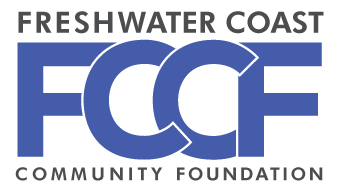Here in the Freshwater Coast Community, we know cattle.
If only we could design a special breed of cattle that would thrive in the Southeastern heat. And it would be great if they could be healthy and still eat a lot of fescue. What a dream! Or is it? Clemson University is helping to preserve a renowned and refined genetic line of Hereford Cattle.
View the article as originally published here:
http://newsstand.clemson.edu/mediarelations/clemson-extension-scientists-rekindle-a-famous-beef-bloodline/
Clemson Extension scientists rekindle a famous beef bloodline
Tom Hallman, Media Relations
December 5, 2013
CLEMSON — The sale this fall of a $25,000 bull to a Texas ranch is important for more than just bragging rights for the Clemson University Extension Service. It’s one step on a long road toward rebuilding a herd of Herefords that once provided a research and teaching platform for improving cattle genetics on South Carolina farms.
“It’s a story that goes back more than 80 years,” said Brian Bolt, the Clemson animal scientist who directs the development of the herd.
The bull on his way to the Lone Star State — with the memorable moniker “Battle Rupert T-352″ — is part of a line of Herefords with long Clemson ties. Bolt can trace the bull’s lineage to the famous Trask cattle that originated in South Carolina when polled Herefords, as a breed, were newly developed from their older, horned cousins.
Neil Trask of Calhoun Falls assembled the herd during the Great Depression, envisioning a breed that would lift the fortunes of a sinking cotton economy. From Trask’s genetics, Clemson assembled a teaching herd of its own, a base from which to help other farmers strengthen the productivity and efficiency of their cattle.
“These Herefords are uniquely adapted to Southeastern conditions,” Bolt said. “At the end of the day, they just work. It comes back to the type of cattle these are.”
Those characteristics include heat tolerance, a docile nature that makes them easy to work with and, perhaps most important for the Southeast, fescue tolerance. Polled Herefords are capable of eating large volumes of forage, even if it has a comparatively low nutritional value, and still gain weight.
Over decades, the Hereford herd at the university was scattered and sold until Steve Meadows, a lifelong cattleman and Extension animal scientist, saw the need to rebuild a grass-based Hereford herd at Clemson. As a teenager, Meadows bought a pair of Hereford heifers from Fowken Farms in Jonesville, which had close ties to Trask, for a 4-H project. It would launch his career in the study of cattle. Decades later, he approached the Fowler family in an effort to rebuild the university herd.
Fowken Farms’ Norris Fowler, Randy Owen of Tennessee River Music and Teddy Gentry of Bent Tree Cattle Company helped provide four cows in the Trask line from which Meadows harvested embryos.
Bolt now directs that herd. “We’re rebuilding. We have a vision of establishing a teaching and Extension herd — one with Southeastern genetics and all the trappings that go along with that,” he said.
In the few years the Herefords have bred at the Simpson Station a few miles from the Clemson campus, the results have been attention-grabbing. In addition to the sale of Battle Rupert to Texas, the university has sold bull semen from the Herefords to ranches as far away as Uruguay.
But it is South Carolina where Bolt, who grew up on an Anderson County family farm, has focused his attention.
“These cattle can help us demonstrate the impact a good breeding program can have on a farmer’s ability to produce economical, profit-making animals on forage,” he said. “That’s the bottom line.”

